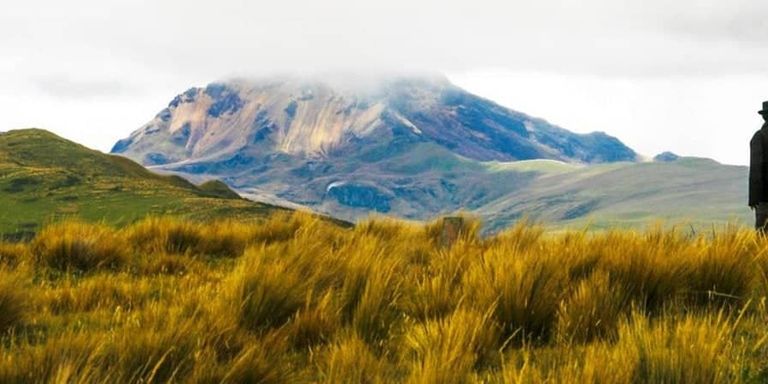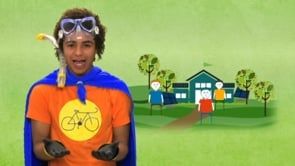
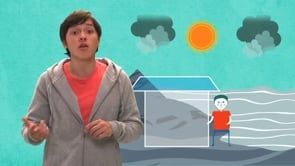

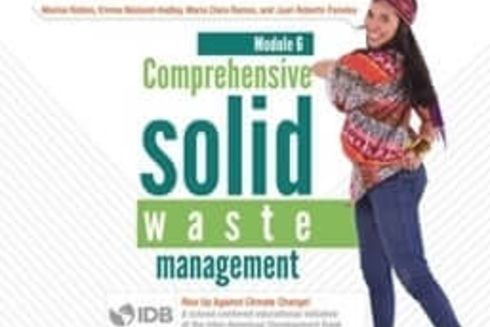
Take a look at the garbage bin in your school or home. Have you ever wondered what makes its content garbage? If you look inside, you may see that the waste at the bottom of the bin is made up of items that are no longer of use and therefore have been tossed out.
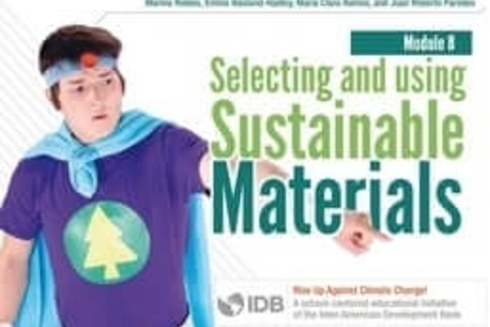
Thousands of children and young people who attend schools every day consume large amounts of natural resources. These resources are used in the manufacturing of books, notepads, backpacks, pencils, paint, and so on.
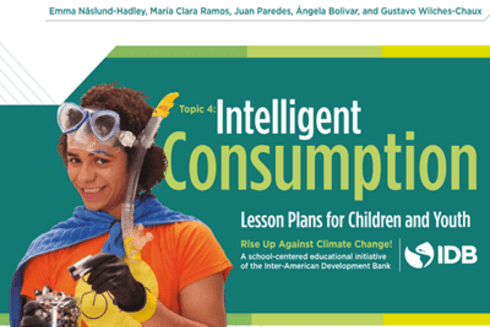
Like all living things, humans are "open systems." We're part of - not separate from - our environment, and we continually exchange materials, energy and information with it. What happens when we eat a piece of fruit, for instance?
Through these lesson plans, your students will:
- Understand where materials come from and how they are produced, used, and discarded.
- Understand that we are responsible for the waste that we produce.
- Use the ecological footprint to show how we contribute to production and consumption patterns.
